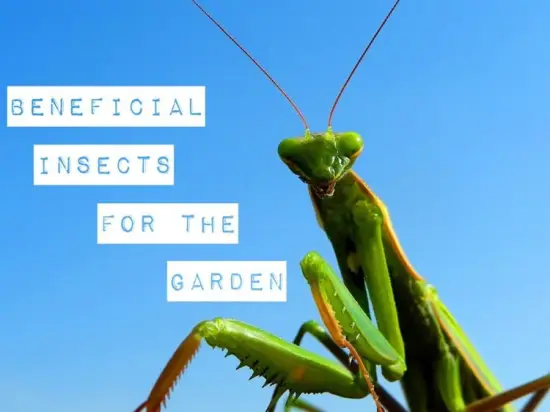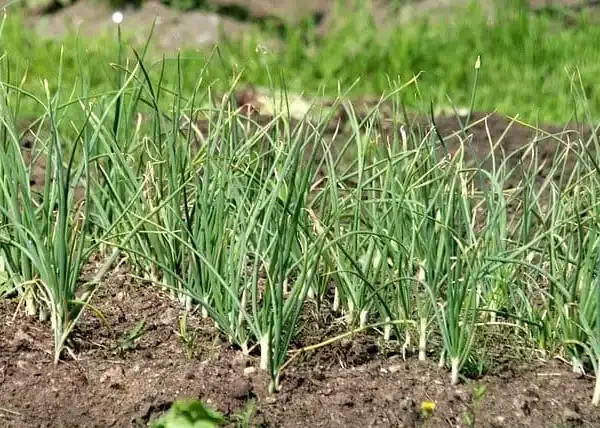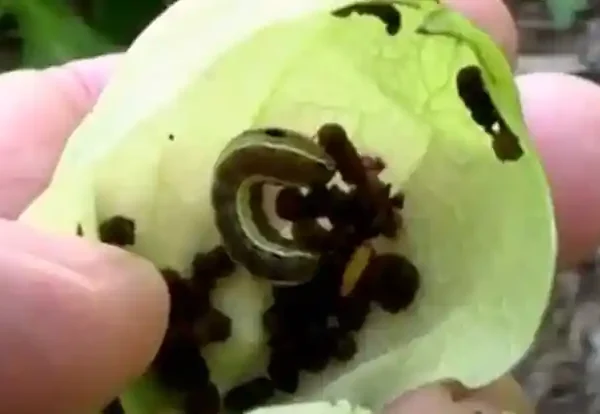Introduction
Insects play a crucial role in garden ecosystems, with many species serving as valuable allies in pest control and pollination. Understanding the beneficial insects in your garden can help promote a healthy and thriving ecosystem while reducing the need for chemical pesticides. In this expert guide, we’ll explore the top 10 beneficial insects that can assist in maintaining a balanced and productive garden.
Ladybugs (Coccinellidae)
Ladybugs are well-known predators of aphids, scale insects, and mites, making them valuable allies in controlling garden pests. Their voracious appetite for soft-bodied insects helps keep pest populations in check, contributing to natural pest management.

Lacewings (Chrysopidae)
Lacewings are another group of beneficial insects known for their predatory behavior. Both adult lacewings and their larvae feed on aphids, caterpillars, mealybugs, and other garden pests, making them effective biological control agents.
Hoverflies (Syrphidae)
Hoverflies, also known as flower flies, are important pollinators and natural predators of aphids. Their larvae consume large numbers of aphids, thrips, and other soft-bodied pests, making them valuable contributors to integrated pest management strategies.
Parasitic Wasps (Hymenoptera)
Parasitic wasps are a diverse group of insects that lay their eggs inside or on other insects, ultimately killing them. Many species of parasitic wasps target pest insects such as caterpillars, aphids, and whiteflies, making them effective biological control agents.
Ground Beetles (Carabidae)
Ground beetles are nocturnal predators that feed on a variety of garden pests, including slugs, snails, caterpillars, and insect eggs. Their presence in the garden helps suppress pest populations and maintain ecological balance.
Praying Mantises (Mantodea)
Praying mantises are voracious predators that consume a wide range of insects, including aphids, beetles, grasshoppers, and even other mantises. While they are generalist predators, mantises can be beneficial in controlling certain pest populations.
Predatory Mites (Phytoseiidae)
Predatory mites are tiny arachnids that feed on pest mites, including spider mites and rust mites. These beneficial mites play a crucial role in controlling harmful mite populations and maintaining plant health.
Assassin Bugs (Reduviidae)
Assassin bugs are ambush predators that prey on a variety of garden pests, including aphids, caterpillars, and beetles. With their piercing-sucking mouthparts, assassin bugs inject enzymes into their prey, liquefying their insides for easy consumption.
Tachinid Flies (Tachinidae)
Tachinid flies are parasitoids that lay their eggs on or inside other insects, typically caterpillars, beetles, and true bugs. Once hatched, the fly larvae consume the host from within, ultimately killing it and providing natural pest control in the garden.
Dragonflies and Damselflies (Odonata)
Dragonflies and damselflies are voracious aerial predators that feed on mosquitoes, flies, and other flying insects. By controlling populations of flying pests, these beneficial insects help reduce nuisance insects in the garden and contribute to ecosystem balance.
Expert Recommendations
The United States Environmental Protection Agency (EPA) emphasizes the importance of conserving beneficial insects and using integrated pest management practices to minimize reliance on chemical pesticides. Their resources provide valuable information on identifying and attracting beneficial insects to gardens.
The Xerces Society for Invertebrate Conservation offers comprehensive guides and resources for promoting beneficial insects in agricultural and urban landscapes. Their expertise in insect conservation can help gardeners create habitat and food sources to support diverse insect populations.
Dr. Sarah Johnson, an entomologist from the University of Horticultural Sciences, underscores the ecological significance of beneficial insects in maintaining garden health and resilience. Dr. Johnson’s research highlights the role of integrated pest management in sustainable agriculture and landscape management.
In conclusion
understanding and attracting beneficial insects to the garden can help reduce reliance on chemical pesticides and promote a healthy and balanced ecosystem. By recognizing the valuable services provided by these insects, gardeners can enhance biodiversity and cultivate thriving gardens without harming the environment.
What are beneficial insects in the garden?
Beneficial insects are those that play a positive role in garden ecosystems by preying on pests, pollinating flowers, or contributing to nutrient cycling and soil health.
Why are beneficial insects important in gardening?
Beneficial insects help control pest populations, pollinate flowering plants, and contribute to overall ecosystem balance, reducing the need for chemical pesticides and fostering a healthy garden environment.
What are some examples of beneficial insects in the garden?
Examples include ladybugs, lacewings, hoverflies, parasitic wasps, ground beetles, praying mantises, predatory mites, assassin bugs, tachinid flies, and dragonflies/damselflies.
How do beneficial insects control pests in the garden?
Beneficial insects control pests through predation, parasitism, or by serving as natural enemies that keep pest populations in check, ultimately reducing plant damage and crop loss.
How can I attract beneficial insects to my garden?
Planting a diverse range of flowering plants, providing shelter and habitat, minimizing pesticide use, and avoiding disturbances to natural areas can help attract and retain beneficial insects in the garden.
Do all beneficial insects prey on garden pests?
While many beneficial insects are predators of pests, others may play different roles, such as pollination or decomposition. However, predators are often the most sought-after beneficial insects for pest control purposes.
Are beneficial insects safe to use in organic gardening?
Yes, beneficial insects are a key component of organic gardening practices and are compatible with organic farming methods. They offer natural pest control solutions without the need for synthetic pesticides.
How do I distinguish between beneficial and harmful insects in the garden?
Learning to identify common beneficial and harmful insects, as well as their feeding habits and behavior, can help distinguish between them. Resources such as field guides and online identification tools can be helpful.
Can I purchase beneficial insects for release in my garden?
Yes, many suppliers offer beneficial insects for sale, such as ladybugs, lacewings, and predatory mites, for use in gardens and agricultural settings. However, proper timing, release methods, and environmental conditions are essential for success.
What should I do if I don’t see many beneficial insects in my garden?
To encourage beneficial insect populations, focus on creating a habitat that provides food, shelter, and water, and avoid using broad-spectrum pesticides that can harm both beneficial and harmful insects. Additionally, consider planting native plants and incorporating diverse vegetation to attract a variety of beneficial species.
- Best THC Sodas to Buy in Arkansas - May 28, 2025
- Exploring THC-Infused Sodas in Arkansas - May 28, 2025
- THC Beverages Now Trending in Alabama - May 28, 2025




